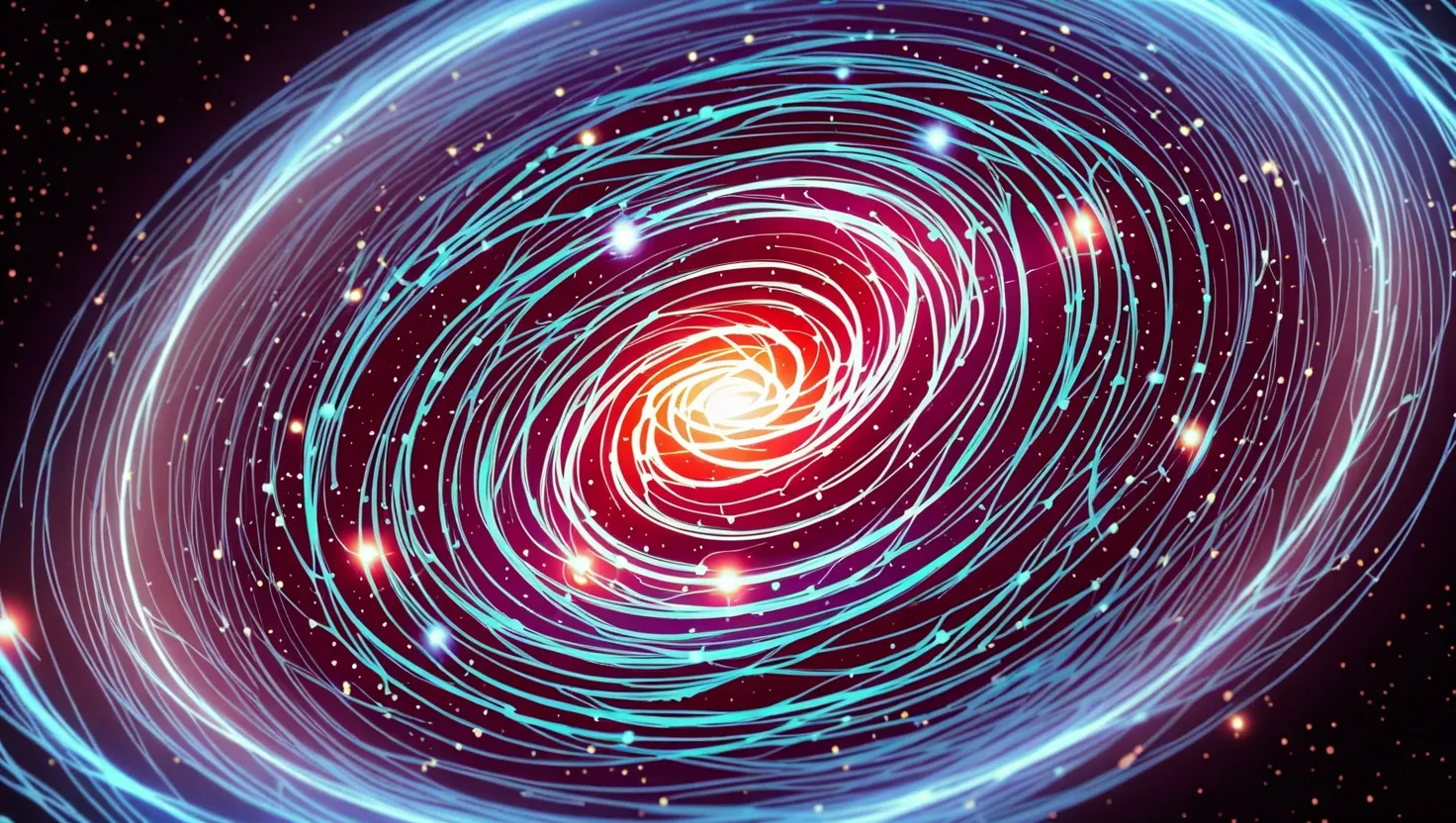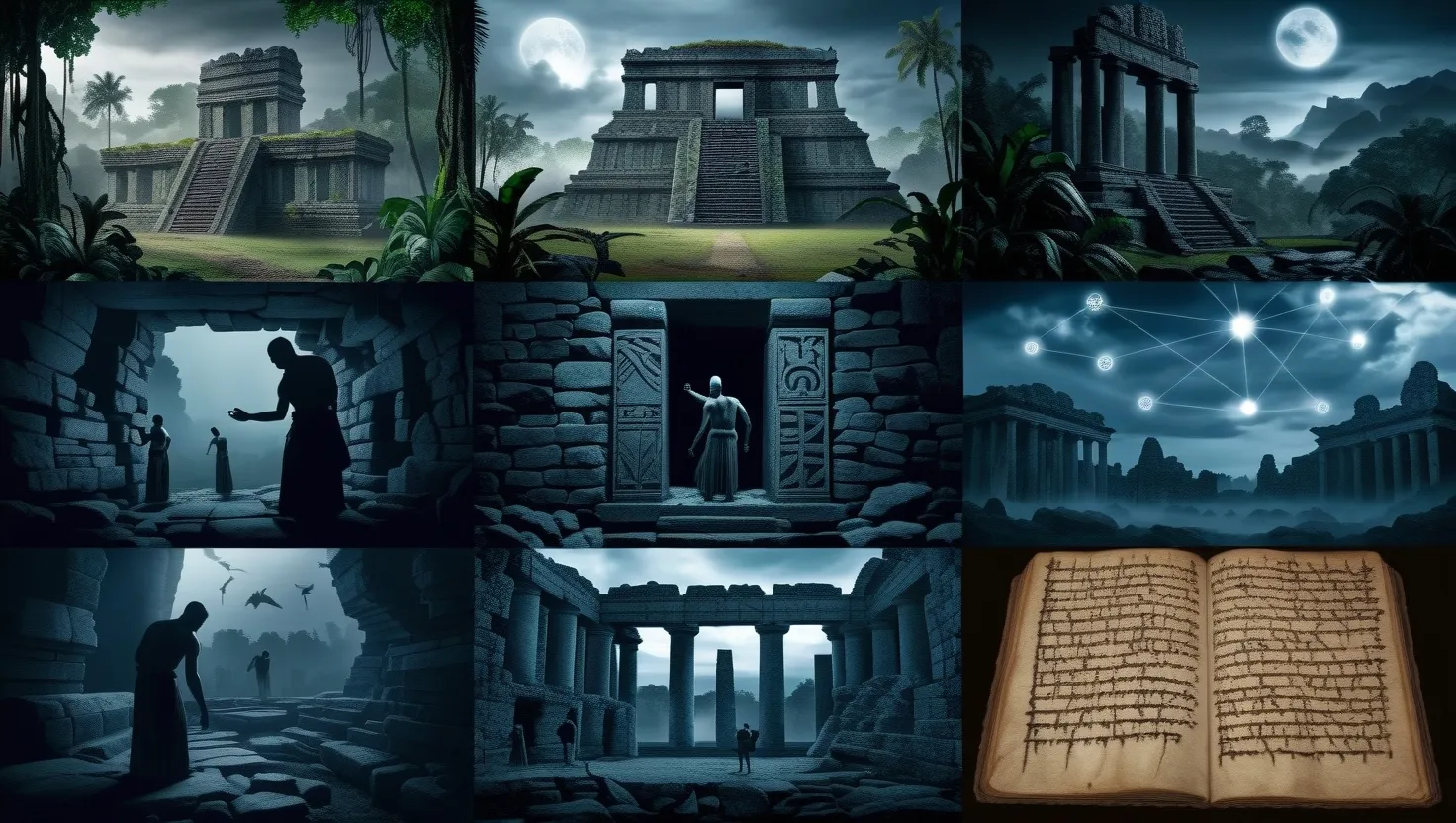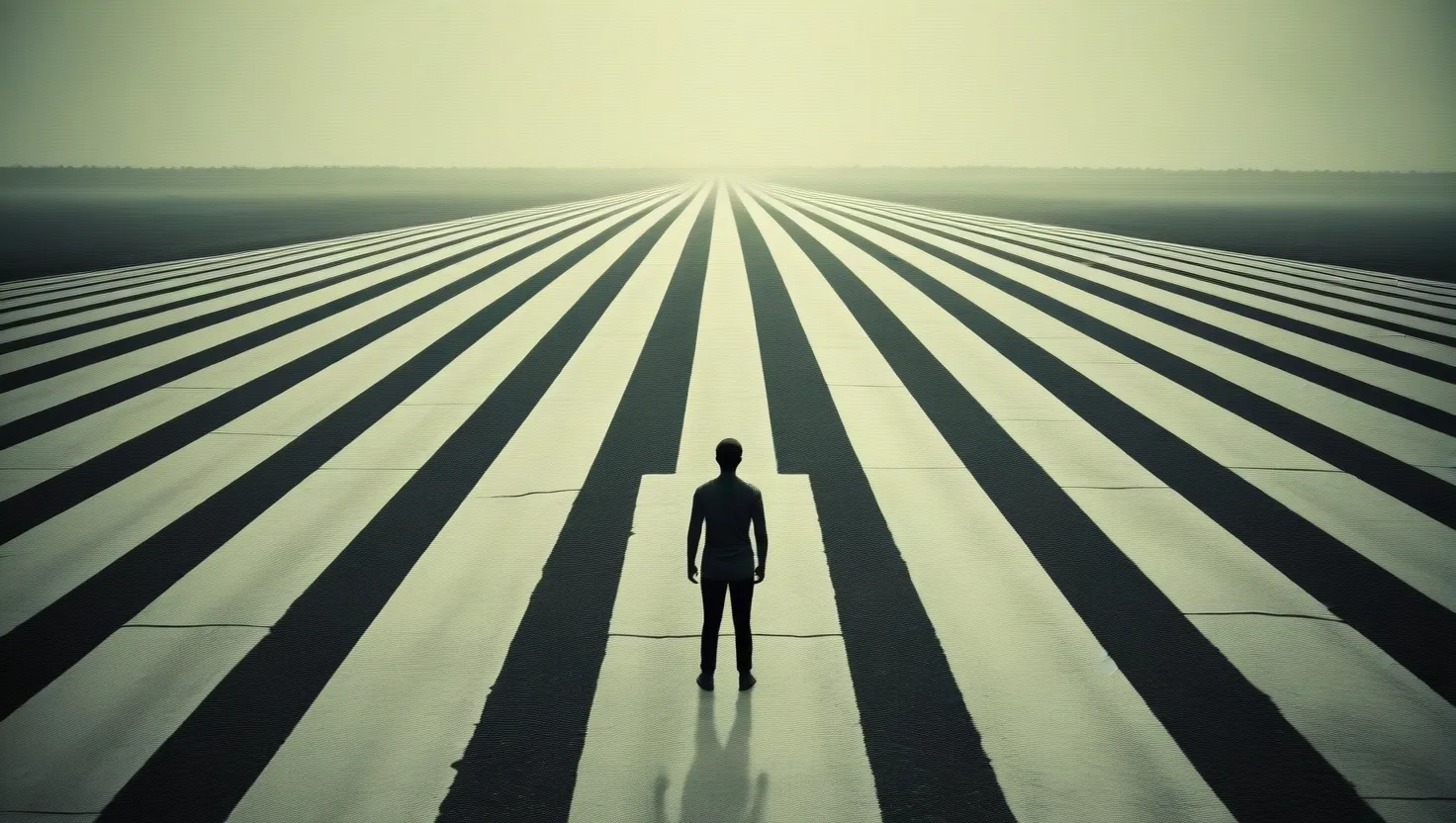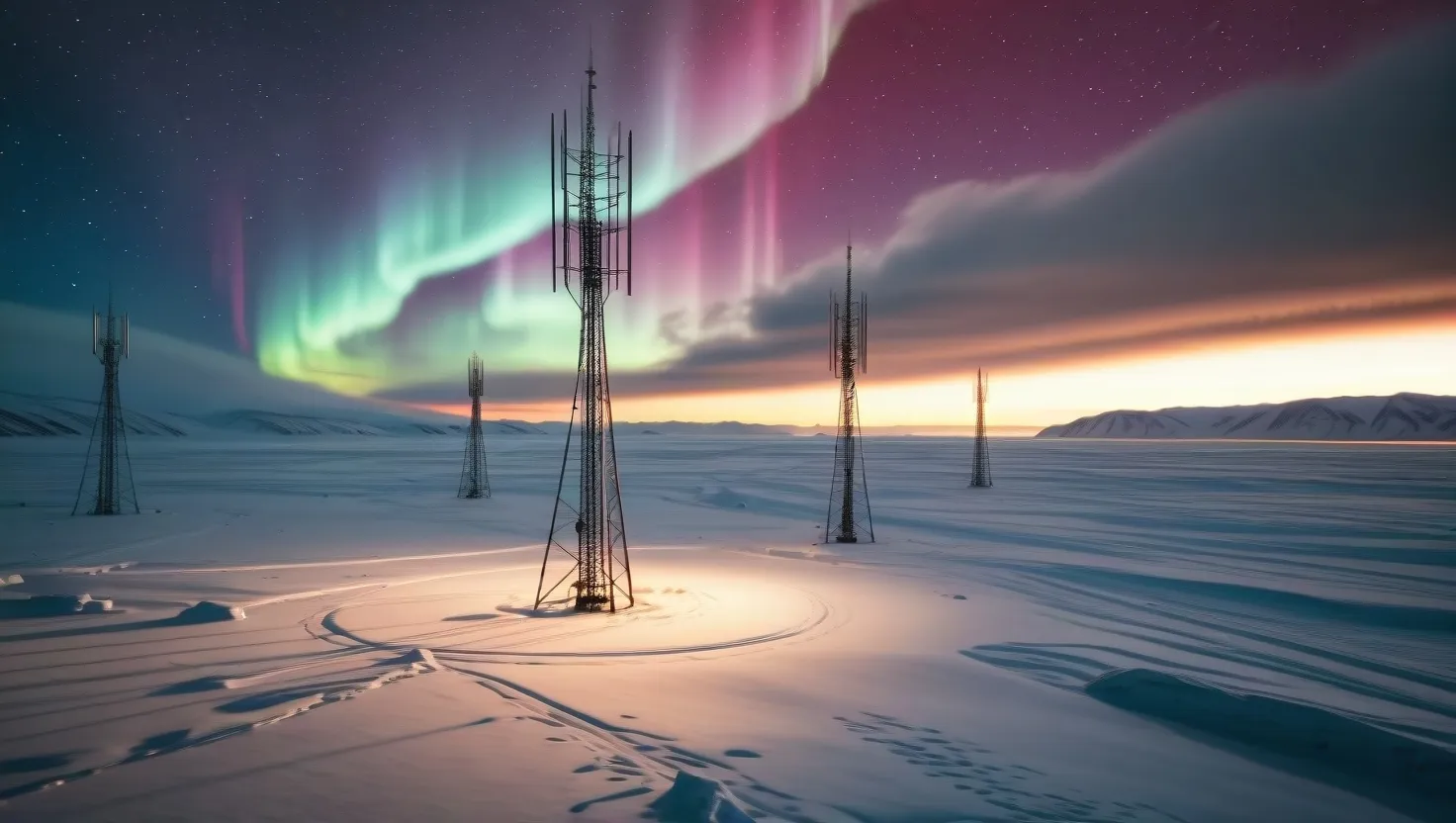Imagine a world where our collective thoughts and beliefs are not just passive reflections of our reality, but active architects of it. This intriguing idea suggests that the shared consciousness of humanity could be influencing quantum probabilities, subtly steering our timeline in specific directions. It’s a concept that blurs the lines between free will, social dynamics, and the power of collective belief.
To delve into this mind-bending theory, we need to start with the basics of quantum mechanics. Quantum entanglement, for instance, is a phenomenon where two or more particles become correlated in such a way that the state of one particle cannot be described independently of the others, even when they are separated by vast distances. This non-locality, where particles can affect each other instantaneously regardless of distance, challenges our classical understanding of space and time.
But what if this entanglement is not limited to particles? Some researchers propose that similar principles could apply to human consciousness. The idea is that our individual thoughts and emotions might be part of a larger, interconnected web of consciousness. This collective consciousness could be influencing the world around us in ways we are only beginning to understand.
One of the key theories in this area is the Orchestrated Objective Reduction (Orch-OR) theory, proposed by Roger Penrose and Stuart Hameroff. According to this theory, consciousness arises from the collapse of the quantum wave function in microtubules within neurons. These microtubules, which are crucial for maintaining cell shape and facilitating intracellular transport, are thought to act as quantum computers, processing information through quantum entanglement and superposition. When these microtubules become “orchestrated,” they collapse the quantum wave function, giving rise to conscious experience.
This idea is supported by studies that have shown quantum coherence can be maintained for extended periods in biological systems, including the brain. For example, research has demonstrated that the brain can process complex information in a way that is similar to quantum computers, with the presence of quantum coherence in neural networks.
But how does this translate to the collective level? The concept of collective consciousness suggests that all human minds are interconnected at a fundamental level. This interconnectedness could allow our thoughts and emotions to ripple out beyond ourselves, influencing the collective reality. Imagine each of us as a drop of water in a vast ocean; while we maintain our individuality, our collective thoughts and emotions could be shaping the ocean’s currents.
This theory might explain sudden cultural shifts or global mood swings. For instance, consider the rapid spread of social movements or the sudden adoption of new technologies. These phenomena could be more than just the result of individual actions; they might be the manifestation of a collective consciousness influencing quantum probabilities.
The idea that our thoughts could shape our reality is not new, but the quantum twist adds a fascinating layer. It suggests that our collective beliefs and expectations are not just influencing our immediate surroundings but are also subtly steering the course of history. This raises questions about free will and whether we are truly in control of our destinies or if we are part of a larger, interconnected system.
To explore this further, let’s consider the role of quantum fluctuations. These temporary and random changes in energy within the quantum vacuum could be related to the emergence of conscious experience. Some researchers suggest that similar processes might occur within the human brain, potentially giving rise to conscious experience. If our collective consciousness is influencing these fluctuations, it could mean that we are collectively shaping the fabric of reality.
The implications of this theory are profound. If our thoughts and emotions are influencing the collective reality, then practices like mindfulness, meditation, and visualization could become more than just personal development tools; they could be ways to tap into and shape the deeper layers of collective consciousness. This could enhance our ability to influence both our individual realities and the broader world.
However, this is still a highly speculative area of research. While some prominent scientists have explored the possibility of collective consciousness influencing quantum systems, the exact nature of this relationship remains unclear. Experiments have shown correlations between quantum fluctuations in brain activity and conscious experience, but more research is needed to fully understand these phenomena.
Despite the speculative nature of these ideas, they open exciting possibilities for exploring the depths of the mind and its relationship with reality. If we consider the parallels with Eastern philosophies, where consciousness is viewed as an interconnected whole rather than being confined to individual brains, the concept of collective consciousness becomes even more compelling.
In practical terms, understanding and harnessing this quantum zeitgeist could allow us to consciously shape our future. It suggests that by becoming aware of our non-local connections to others, we can cultivate greater empathy, compassion, and a sense of shared purpose. This awareness could lead to a more harmonious and interconnected world, where our collective thoughts and emotions work together to create a reality that is more than the sum of its parts.
The journey into this realm of thought is not without its challenges. The many worlds interpretation of quantum theory, for example, proposes that every time a subatomic particle is confronted with options, the universe splits into multiple copies of itself. This interpretation avoids awarding consciousness a central role but leaves us with a dizzying array of parallel universes.
Yet, the allure of this theory lies in its potential to explain the unexplained. It offers a scientific framework for understanding how consciousness might function as a field that transcends physical limitations, interacting across vast distances without the need for proximity. This could be the key to understanding why certain events or trends seem to emerge suddenly and globally.
In conclusion, the idea that our collective thoughts and emotions are shaping our timeline is a profound one. It challenges our classical understanding of free will and social dynamics, suggesting that we are not isolated entities but rather participants in a shared web of consciousness. While this theory remains speculative, it inspires practical applications in our daily lives and opens new avenues for scientific inquiry.
As we continue to explore the mysteries of the mind and its relationship with reality, we may find that our thoughts are indeed secretly orchestrating a cosmic dance of possibilities. We might be unwitting reality architects, collectively dreaming our world into existence. The question remains: are we ready to take the helm and consciously shape our future, or will we continue to be passive observers in the grand tapestry of life? The answer, much like the nature of consciousness itself, remains a mystery waiting to be unraveled.






